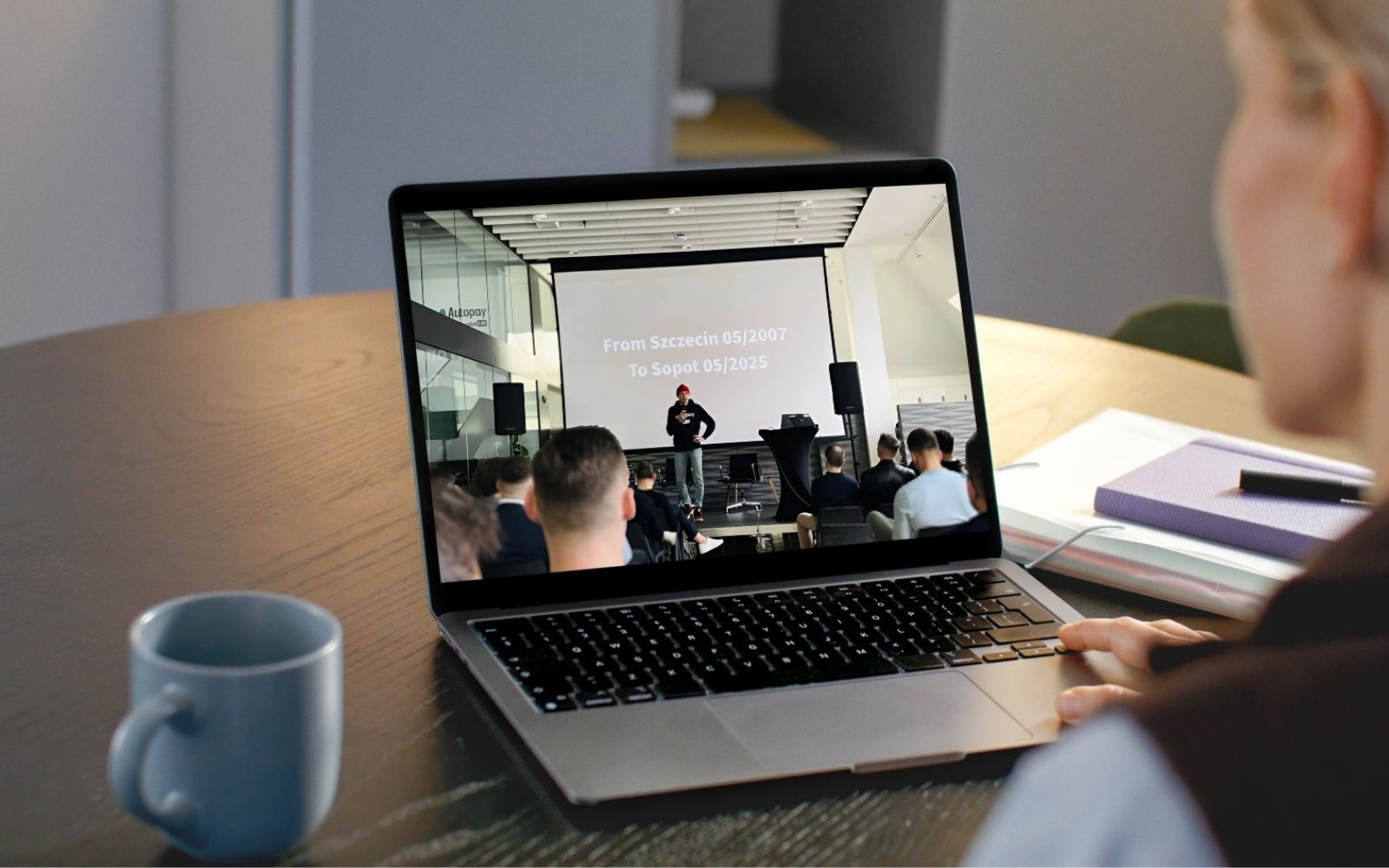Cracking the code: How Europe’s top software houses are scaling smarter

The crowd was full of owners and C-level leaders from Poland’s top software houses, many with a strong local presence and global ambition. The topic: what separates the software houses that are merely surviving from those that are scaling, thriving, and shaping what comes next.
Here are the key takeaways from Mikko’s keynote and why they matter now more than ever.
A clear identity isn’t optional
The golden era of easy body leasing is behind us. Buyers today are more sophisticated, procurement teams more demanding, and offshore isn’t enough of a differentiator. If you look like every other vendor, you’ll unfortunately be treated like one: interchangeable, replaceable, and margin-pressed.
“The most successful firms we meet across Europe have a distinct, unapologetic identity,” says Mikko. “They’ve chosen a position in the market and everything from sales to staffing reinforces that.”
This might mean going all in on one vertical like digital health or fintech, specializing in a specific tech stack like React Native or .NET modernization, or leading in a cross-functional offer like product design, plus development, plus data. It doesn’t matter how niche it is, what matters is owning it.
Firms with a clear identity grow faster, attract top talent more easily, and command higher prices. Those without it struggle to stand out even when they’re doing great work.
Move from CVs to value
For years, the Polish software market thrived on a winning formula: high-quality engineers, competitive pricing, and strong english language skills. Companies grew fast by plugging in developers to fill global talent shortages. But that model no longer delivers the same returns.
Today, clients are looking for strategic partners, not staffing providers. Many of the most forward-looking software houses are already shifting from people-as-a-service to solution delivery.
“This is a deep transformation,” says Mikko. “You’re not just updating a sales pitch. Selling solutions requires a fundamentally different model. Your best consultants need to be involved in sales - not just post-sale. The most progressive firms embed sales across the organization, not in a silo.”
This shift touches everything: your commercial model, the way you scope and price projects, how you staff teams, and how your leadership supports consulting capability instead of headcount growth.
And while it’s hard work, it’s also the path to long-term resilience. Firms that sell solutions instead of CVs win longer contracts, higher-value deals, and client relationships based on trust, not hourly rate.
Build a composable organization
In a market where AI is rewriting how work gets done, adaptability becomes the strongest currency. Yet most software houses still run on rigid hierarchies, outdated tools, and slow decision loops. It’s a structure that can’t keep up.
Enter the composable organization: a flexible network of small, empowered teams that work with autonomy but stay aligned through shared data and direction.
“Composable doesn’t mean chaotic,” Mikko explains. “It means your teams have the context and tools to respond fast without waiting for top-down decisions.”
We’re already seeing this shift in the Nordics, where some of the most modern digital consultancies operate as decentralized ecosystems. Teams form around new client opportunities, AI accelerates routine tasks, and shared visibility enables better staffing and forecasting.
Systems like Agileday are built to support this kind of agility. Teams can self-organize, plan collaboratively, and see the impact of their choices across projects, pipelines, and resourcing in real time.
Put people first with business in mind
The race for talent hasn’t gone away. But the terms have changed.
In the past, it was enough to offer remote work, a great culture, and competitive pay. Today’s engineers and consultants still want that, but businesses need more.
It’s no longer enough to have a pool of smart engineers and a people-centric environment. High-performing firms are increasingly built on teams that operate with a business mindset, where everyone understands the context, the goals, and the impact of their work.
“It’s not just about flexibility anymore,” says Mikko. “Companies need people who think in business terms and make decisions with real context. That only works if the whole team has access to the right data, every day.”
This is especially relevant for mid-level and senior talent, who are often the first to feel frustrated when visibility is lacking or their work feels disconnected from the bigger picture. Firms that succeed in retaining and motivating top people create an environment where everyone understands how their work contributes to shared goals.
This is where operational systems play a critical role. When teams can see upcoming projects, track resourcing shifts, understand profitability, and align their personal growth with company priorities, they don’t just feel more engaged. They act with greater clarity and impact.
What comes next?
The firms winning in 2025 aren’t the biggest. They’re the most focused, the most adaptive, and the most operationally aligned.
They’ve shifted from selling hours to selling outcomes. They’ve replaced rigid silos with agile networks. And they’ve made operations visible so teams can move with speed and purpose.
AI will accelerate all of this. But technology alone isn’t the answer. It’s how you structure your company, what you measure, and how you empower people that will set you apart.
Curious how Agileday fits into this shift?
We work with modern software houses globally to help them run smarter - from planning and staffing to forecasting and growth. If you’re moving from augmentation to solutions, or from legacy systems to adaptive operations, we can help. Get in touch with us to learn more.
Let the Agiledays begin.

.png)


